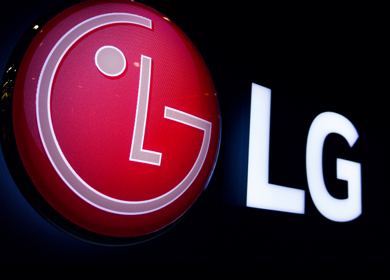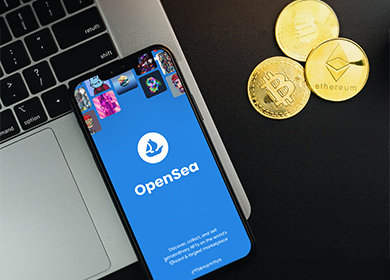Audi test-drives Dynamic Destinations – a good case for Location Based Marketing
Published: March 10, 2023

In some very exciting news for marketers, KERV Interactive (KERV), a leading AI-powered digital advertising platform, launched Dynamic Destination. Audi of America was the first advertiser to test-drive KERV’s Dynamic Destination, doing an OTT ad campaign with PHD Media, a global media and marketing communications agency.
And what is more? According to a press release, through this, Audi of America and PHD Media were able to get the uninterrupted attention of over 98% of the 14.1 million total viewers! They helped drivers in 115 different zip codes get to their local Audi dealership!
KERV’s Dynamic Destination empowers advertisers to be able to direct users to unique different destinations. This is based on a set of specific triggers like location or the time of day when a person scans a QR code featured in a CTV/OTT ad.
KERV’s Dynamic Destination takes users to relevant landing pages when they scan a QR code in a CTV/OTT ad.
Brands like Audi understand the importance of removing friction for users, especially in video. We are thrilled to partner with the teams at Audi and PHD Media to streamline, automate, and measure the way they connect with audiences through OTT to make an impact for both the brand and consumer.
Jay Wolff,
CRO of KERV Interactive.
KERV uses patented technology built with AI, machine learning, and image recognition. KERV TV scans scenes and adds QR codes to CTV/OTT videos. Taking this a step further, Dynamic Destination automatically creates unique landing page destinations for users. This is based on various triggers like location, time of day, weather, day of the week, browser, etc.
What this means to Brands and Advertisers
Giving customers a QR code embedded in ads takes user experience and convenience to a whole different level. Potential customers don’t have to search for the brand’s website and then the product, etc. With a QR code that takes customers directly to relevant landing pages, makes it very convenient for them, increasing chances of conversion.
Which takes us to the next huge advantage – this makes it all very track-able. Brands can get all kinds of information about their customers – their preferences and their behavior and can engage with them better.
The AI component just takes this on over-drive to a whole different level. When landing pages are created dynamically for users based on triggers, there is a much higher possibility of conversion. And this is possible at scale.
Brands have always struggled with personalization at scale – this AI powered Dynamic Destination (or similar tools as they spring up) will make it possible for them to make customer experiences unique and seamless. And create landing pages based on the user’s need – and factoring in other aspects like the time of day or location, which make the user’s propensity to convert, very high.
So brands can use this to take users to a specific landing page, or an app, or social media pages, or a physical location or to an ecommerce page where they can shop. What this means is that brands can choose to engage with their potential or existing customers based on their position in the customer journey. This will result in very meaningful interactions and engagement, leading to higher rates of conversion.
This certainly looks like a step in the right direction for advertisers to personalize their engagement with their customers at scale.










Be the first one to comment.